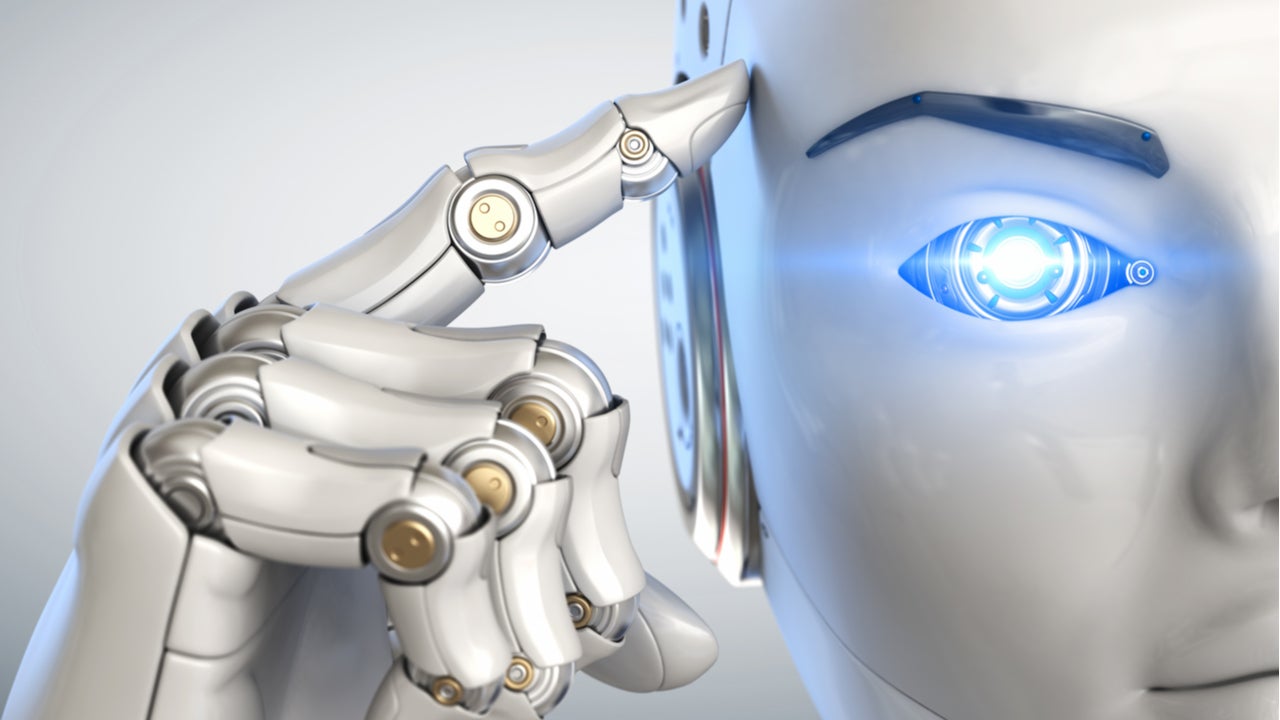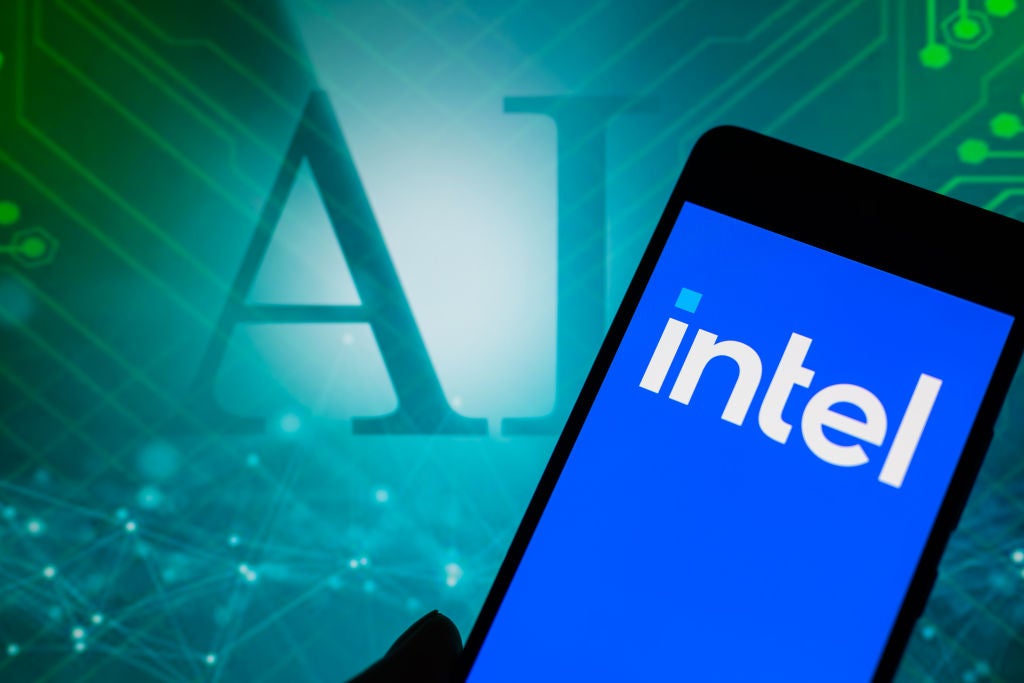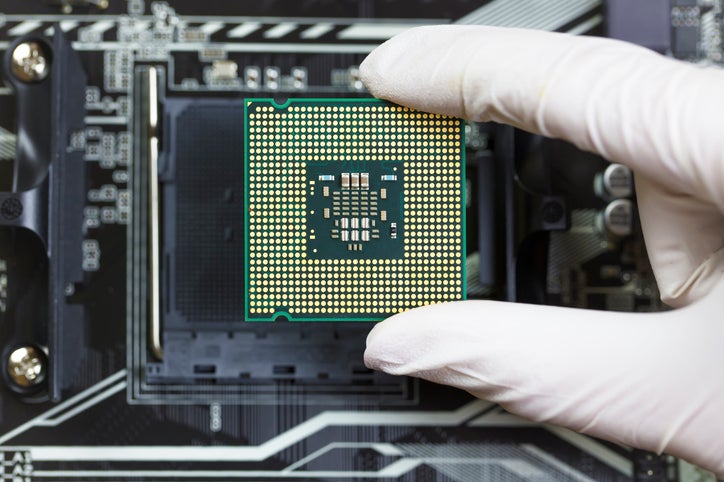
The uptake of artificial intelligence (AI) technologies in construction has been slow, but AI has the potential to deliver tangible benefits at every step of the construction value chain, from conceptual design through to operations and maintenance. Lots of small wins at each step of the broken value chain can add up to big wins in construction, a sector known for having problems delivering on time and on budget.
AI can be used in construction to solve many challenges, including delivering on time and on budget, sourcing, and effective collaboration. Initial investment in the technology can reduce long-term costs.
AI is everywhere, and it has an impact on all our lives. But years of bold claims have overhyped AI, with reality often falling short of the world-altering promises. The coming years will be less about making bold statements and more about delivering tangible benefits.
Artificial intelligence can bring many benefits to construction
Despite improvements, construction remains a dangerous profession. AI can be used to improve safety and compliance in construction in many ways.
Companies such as SmartVid.io offer machine learning and computer vision technologies to identify high-risk zones and changing hazards on job sites. Danger may come as a hazard evolves over time, e.g., from moving equipment or vehicles, or if a worker is not using the correct personal protective equipment (PPE). AI generates automatic alerts when a worker commits a safety violation, removes protective, or is in danger.
Using data science and analytics, insights can be drawn, and predictive models developed related to project inspection performance. For example, correlations have been found between the time of year and the type of accidents that occur. Such insights can be used to target reminders to workers to wear the appropriate PPE at different times of the year. Near-miss data can be used for predictive modelling to identify accident risk sources more accurately and use this information to mitigate further risk.
How well do you really know your competitors?
Access the most comprehensive Company Profiles on the market, powered by GlobalData. Save hours of research. Gain competitive edge.

Thank you!
Your download email will arrive shortly
Not ready to buy yet? Download a free sample
We are confident about the unique quality of our Company Profiles. However, we want you to make the most beneficial decision for your business, so we offer a free sample that you can download by submitting the below form
By GlobalDataAI-enabled construction, which may use robotics and autonomous vehicles, can reduce intensive manual labor and the subsequent risk of human mistake and injury and can also replace the need for human workers in mines, underwater jobsites, and in remote locations.
Automated data collection and storage can help with compliance and provide evidence when resolving disputes.
AI can mitigate the risk of Covid-19
Functions at some points in the value chain, such as design, planning, and financing, can be conducted virtually to mitigate the risks of Covid-19. However, for on-site activities to continue during the pandemic, additional measures must be put in place and may be aided by AI.
Computer vision can be used to ensure construction activities can continue safely during Covid-19 by identifying individuals on-site, including those who are not complying with social distancing measures and those who are not wearing a face mask.
AI-powered contact tracing can automatically notify workers if they have been exposed to someone with Covid-19 symptoms. The use of construction robots can reduce the number of people needed on a construction site at any one time, allowing social distancing guidelines to be followed.
Although uptake of AI technologies in construction has been slow, the challenge of Covid has highlighted the capabilities for AI to augment human activities on site, rather than replace workers altogether.








